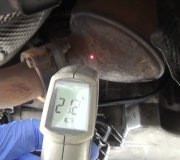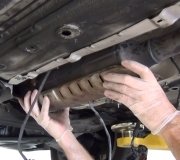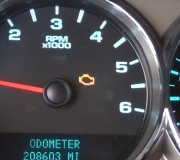Way out of my budget.
Long story short, I been driving since than, without converters my vehicle drives good other than a strong rich exhaust smell.
Besides buying two new catalytic converters does anyone know how or what I can do to trick vehicle's computer to even out or to slow computer compensation of fuel. Thank you
Tuesday, May 11th, 2021 AT 3:47 PM



